Comprehensive Guide to RS485 Twisted Pair Cable: Unraveling Specifications and Applications
I. Product Overview: The Backbone of RS485 Communication
RS485 twisted pair cable serves as the lifeblood for seamless data transmission within the RS485 communication network. Its ingenious twisted pair architecture is specifically engineered to mitigate electromagnetic interference, making it an indispensable asset across a wide spectrum of industries. From the highly automated industrial floors where precision control is key, to the vigilant security systems safeguarding properties, and the smart building automation setups enhancing comfort and efficiency, this cable plays a pivotal role in ensuring reliable communication.
II. Ubiquitous Application Scope
The versatility of RS485 twisted pair cable is truly remarkable. It finds its place in every nook and cranny of RS485 – enabled communication scenarios. In industrial settings, it acts as the vital link connecting complex machinery, sensors, and control units, enabling smooth operation and real – time data exchange. In security monitoring, it ensures that high – definition video feeds and critical alarm signals are transmitted without a hitch from cameras and detectors to the central monitoring station. For intelligent building infrastructure, it facilitates communication between various smart devices, from lighting systems to climate control units, creating a unified and efficient ecosystem.
III. In – Depth Technical Parameters
1. Characteristic Impedance
With a characteristic impedance of precisely 120Ω, this cable aligns perfectly with the RS485 standard. This optimal impedance value is crucial as it minimizes signal reflection, ensuring that data is transmitted accurately over long distances without distortion.
2. Conductor
Constructed from multi – stranded tinned copper, with each strand composed of 7 sub – strands, each having a diameter of 0.30mm, the conductor offers a winning combination of excellent electrical conductivity and remarkable flexibility. This design allows for easy installation, even in tight spaces, while maintaining top – notch signal – carrying capabilities.
3. Insulation Material
The solid – core PE (Polyethylene) insulation, with an outer diameter of 1.90 ± 0.03mm, provides a robust barrier against electrical leakage. Its high – quality insulation properties not only protect the integrity of the signals but also enhance the overall durability of the cable.
4. Shielding Layer
Featuring a combination of an aluminum foil and an aluminum – magnesium braided mesh with a 55% coverage rate, the shielding layer is a masterstroke in reducing external electromagnetic interference. Some variants even come equipped with drainage wires, further bolstering the anti – interference capabilities, making it ideal for use in electrically noisy environments.
5. Inner Sheath
The black PVC inner sheath, with an outer diameter of 8.0mm ± 10%, acts as a protective armor for the internal components of the cable. It shields the conductors, insulation, and shielding layer from mechanical damage, moisture, and environmental contaminants, ensuring a long service life.
6. Number of Cores and Cross – sectional Area
Typically available with 2 cores, the cable comes in a range of cross – sectional area options, including 0.5mm², 0.75mm², and more. This variety allows users to select the most suitable cable based on their specific power and signal – transmission requirements.
7. Transmission Distance and Rate
At a transmission rate of 100kb/s, the cable can achieve a maximum transmission distance of approximately 1219m. However, it’s important to note that the transmission rate and distance are inversely proportional. For applications demanding high – speed data transfer, the cable can reach speeds of up to 10Mb/s, albeit over shorter distances.
8. Working Temperature
This cable is designed to operate in a wide temperature range. For long – term use, it can withstand temperatures from – 40℃ to 70℃. During fixed – laying installations, it can endure a minimum temperature of – 40℃, while for non – fixed – laying applications, the minimum temperature limit is – 15℃. Additionally, the cable should be installed at a temperature not lower than 0℃ to ensure optimal performance.
9. Bending Radius
To maintain the integrity of the internal structure and signal – transmission quality, the bending radius of the cable should not be less than 10 times its diameter. This guideline ensures that the cable can be installed in curved paths without compromising its functionality.
10. Electrical Performance
At 20℃, conductors of different cross – sectional areas have specific DC resistance upper limits. Moreover, parameters such as working capacitance, inductance, withstand voltage, and crosstalk attenuation all adhere to strict standard values, guaranteeing reliable and stable electrical performance.
IV. Intricate Structural Features
The cable’s structure is a harmonious blend of functionality and durability. Two insulated conductors are twisted together, a design that inherently reduces electromagnetic interference. This twisted pair is then enveloped by an insulating layer, a shielding layer, and finally an inner sheath. This multi – layer construction not only ensures excellent electrical performance but also provides robust mechanical protection, making the cable suitable for both indoor and outdoor applications.
V. Flexible Packaging Specifications
To meet the diverse needs of different projects, the RS485 twisted pair cable is available in common packaging lengths of 100m, 305m (equivalent to 1000 feet), and 500m. Whether it’s a small – scale installation or a large – scale industrial project, these packaging options offer convenience and cost – effectiveness.
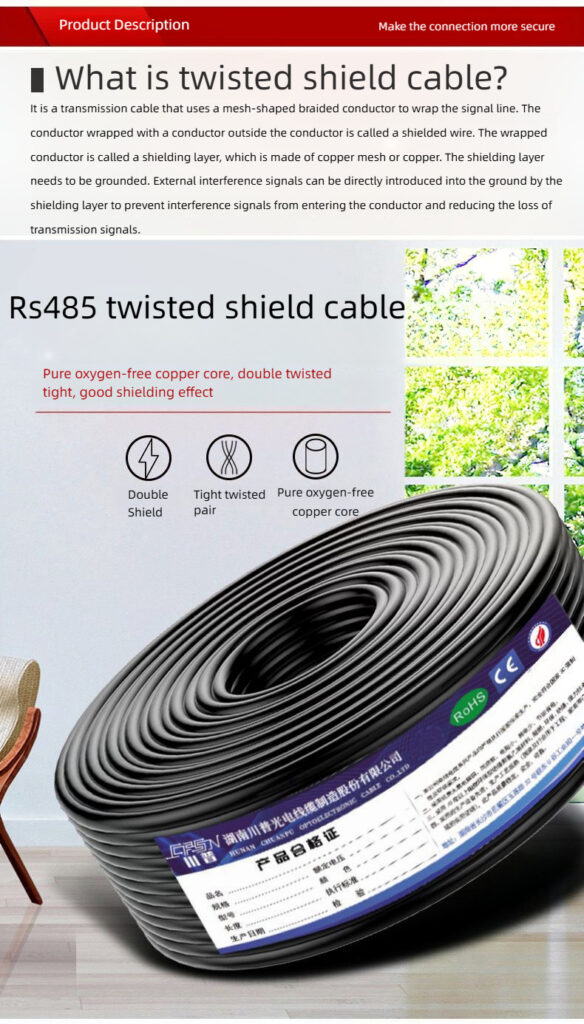
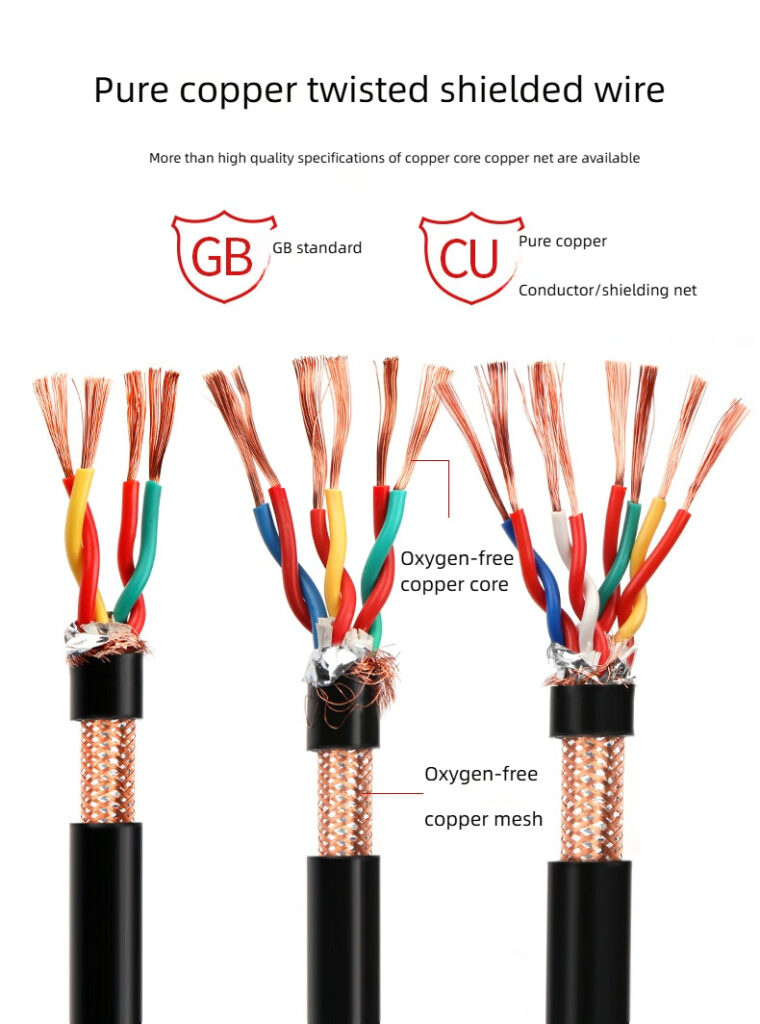
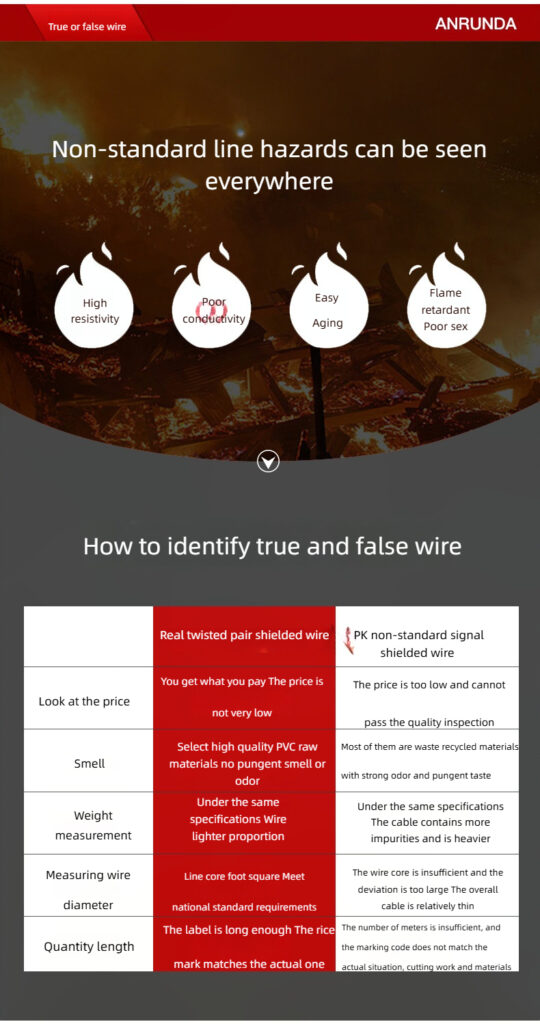





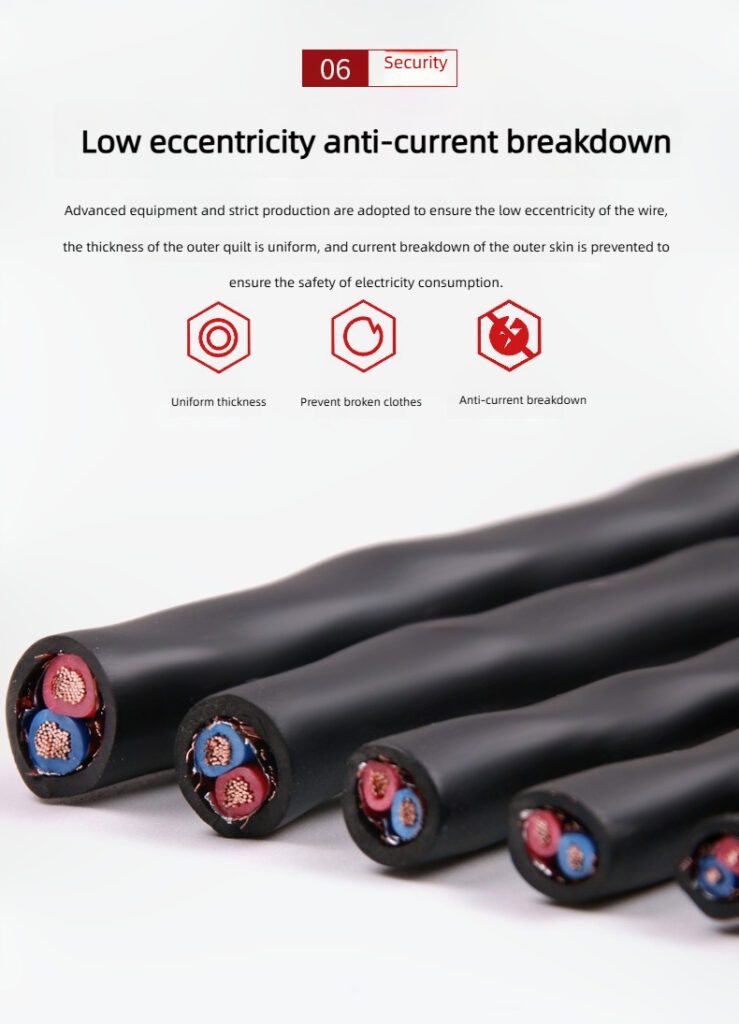





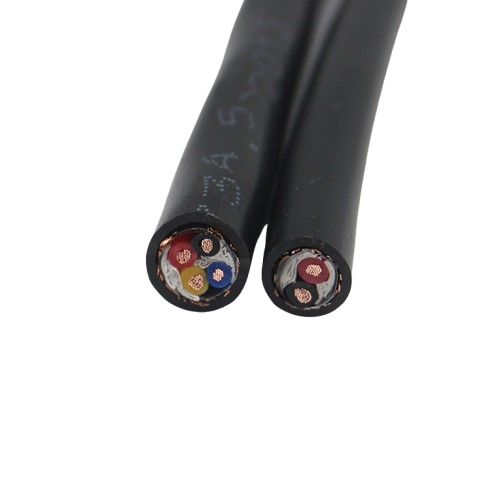




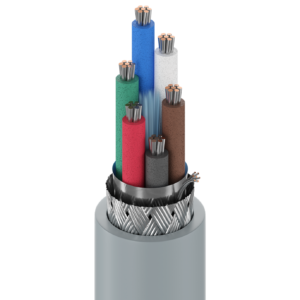
Reviews
There are no reviews yet.